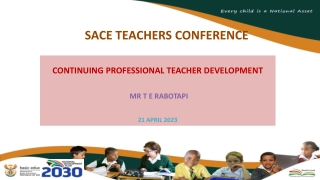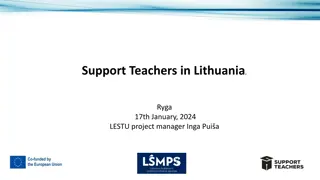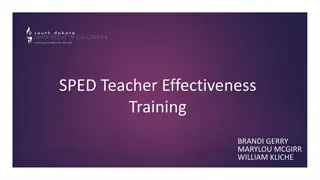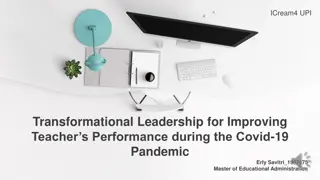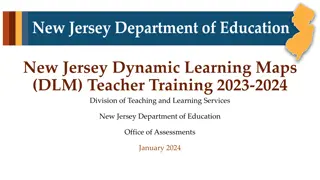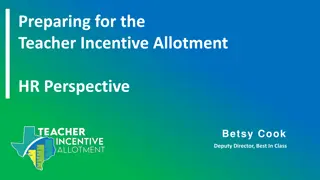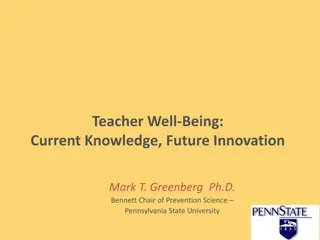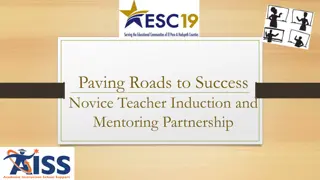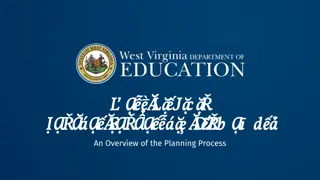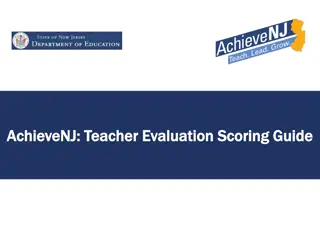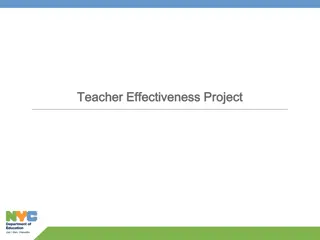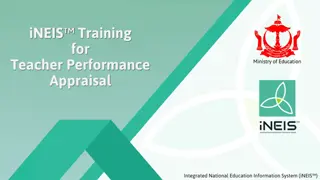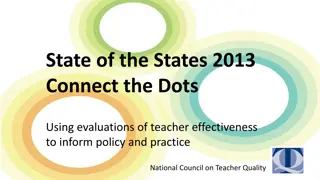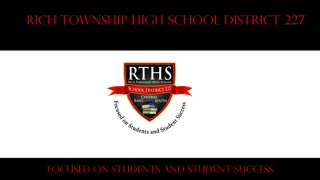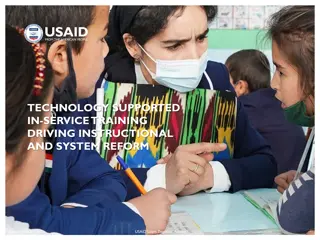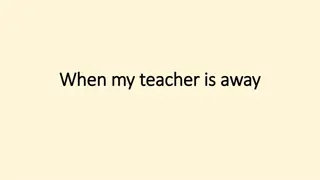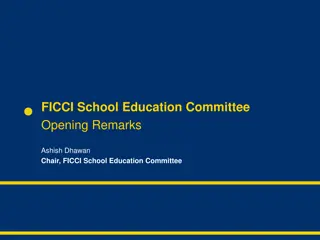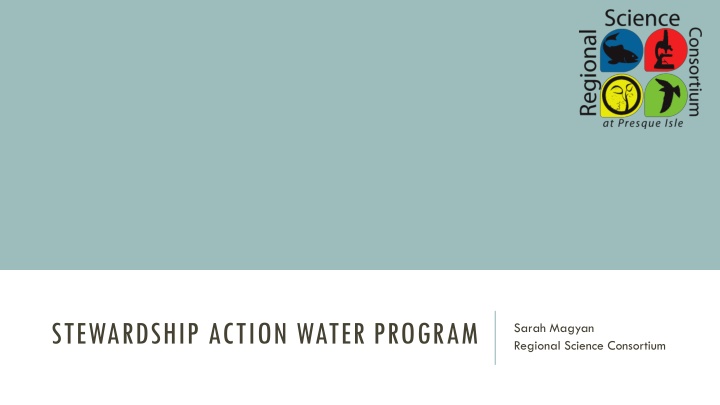
Empowering Eco-Schools Through Water Stewardship Action Program
Join the Stewardship Action Water Program led by Sarah Magyan at the Regional Science Consortium. Register as a National Wildlife Federation Eco-School, conduct audits, and implement an Eco-Action Plan. Follow the Seven-Step Framework of Eco Schools USA to form an Eco-Action Team, conduct pathway audits, and focus on watersheds, water conservation, and climate change. Empower students to make a difference in environmental sustainability and conservation efforts.
Download Presentation

Please find below an Image/Link to download the presentation.
The content on the website is provided AS IS for your information and personal use only. It may not be sold, licensed, or shared on other websites without obtaining consent from the author. If you encounter any issues during the download, it is possible that the publisher has removed the file from their server.
You are allowed to download the files provided on this website for personal or commercial use, subject to the condition that they are used lawfully. All files are the property of their respective owners.
The content on the website is provided AS IS for your information and personal use only. It may not be sold, licensed, or shared on other websites without obtaining consent from the author.
E N D
Presentation Transcript
STEWARDSHIP ACTION WATER PROGRAM Sarah Magyan Regional Science Consortium
STEWARDSHIP ACTION WATER PROGRAM Goals Register as a National Wildlife Federation Eco-School USA Conduct 4 audits of your school Create and implement an Eco-Action Plan
ECO SCHOOLS USA Seven Step Framework Complete steps 1-4 in order Steps 5-7 are woven throughout the framework Visit the Stewardship Action Water Program page of our website Eco Schools & audit website links Data submission forms Green Ribbon school information
STEP 1: FORM AN ECO- ACTION TEAM Student-led committee Report the list of your team members to the RSC
STEP 2: CONDUCT A PATHWAY AUDIT As part of this program, you will complete 4 audits 1. Watersheds Audit 2. Water Conservation Audit 3. Climate Change Audit 4. Your choice! There are 14 total audits available for you to choose from.
1. WATERSHEDS AUDIT Getting Started Audit Document Overview of information for before and after audit Connections Materials Baseline Audit Soil sampling: temp, pH, iron, nitrogen, phosphorous, potassium Adopt-a-Tributary water quality sampling: temp, pH, salinity, dissolved oxygen, nitrates, transparency Wildlife and macroinvertebrate sampling Post-Action Audit Very similar to baseline
2. WATER CONSERVATION Getting Started Audit Document Overview of information for before and after audit Connections Materials Baseline Audit Examining school water sources and use, HVAC, and irrigation Audit of school bathrooms, kitchen, and other water using appliances Post-Action Audit Very similar to baseline
3. CLIMATE CHANGE Objectives Quantify schools carbon footprint and what can be done to reduce it Students will learn how carbon is emitted and calculated Design and conduct an action project related to carbon emissions Gather data Classroom lighting, energy vampires, other appliances, transportation, heating, solid waste,
4. YOUR CHOICE! There are 11 additional audits that you may choose from for your 4thaudit Biodiversity Consumption and Waste Energy Healthy Living Healthy Schools Learning about Forests Schoolyard Habitats Sustainable Food Transportation Oceans Wetlands
STEP 3: CREATE AN ECO- ACTION PLAN Examine baseline audit results Community input Develop goals Identify actions Set a timeline
STEP 4: MONITOR AND EVALUATE PROGRESS Conduct post-action audits Develop process for measuring your plan s progress
STEPS 5, 6, & 7: 5. Link to Existing Curriculum How does this fit in? 6. Involve the Community School community Lasting ways Diverse skills and perspectives 7. Create an Eco-Code Mission statement Display on banners/signs

